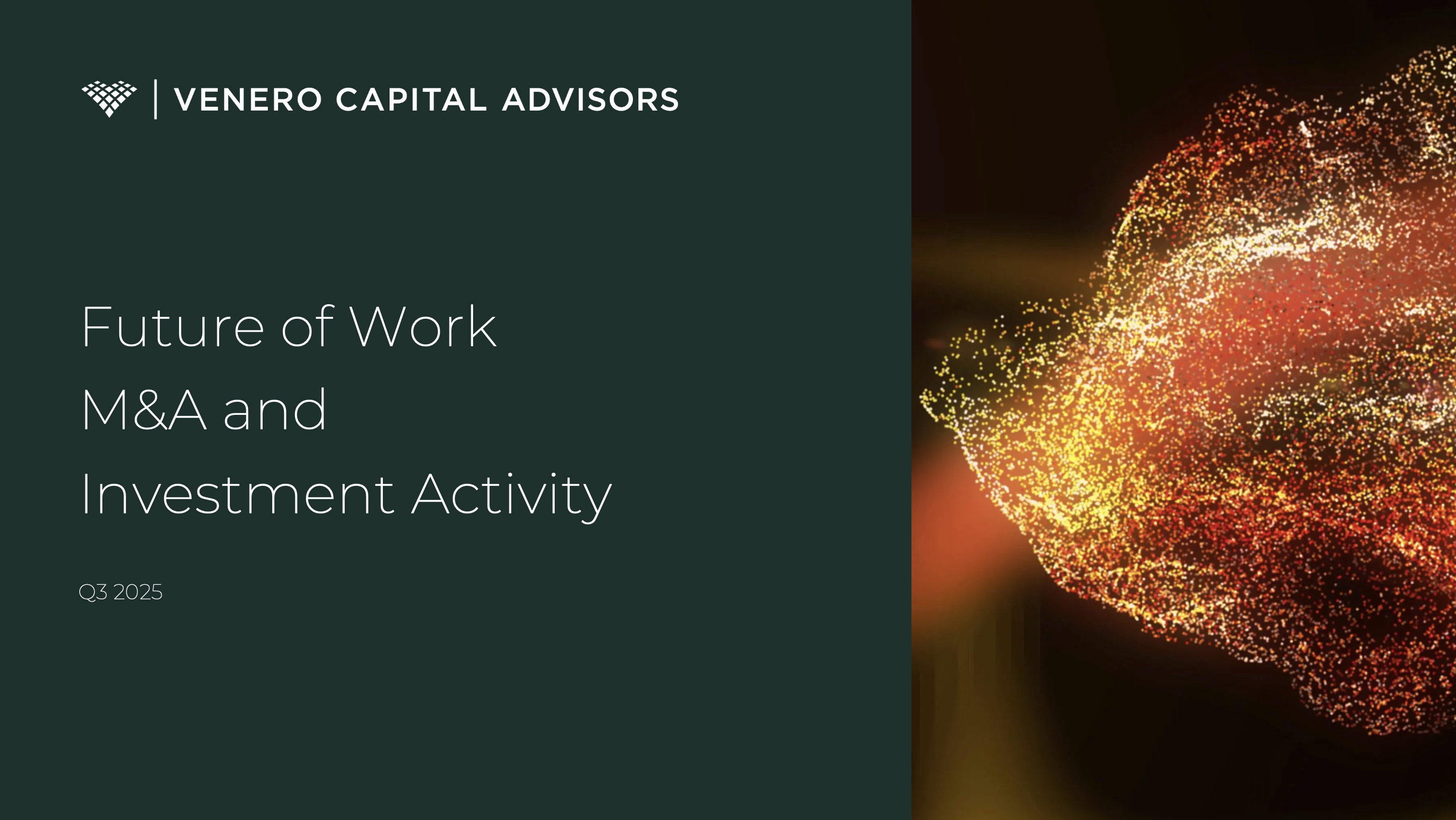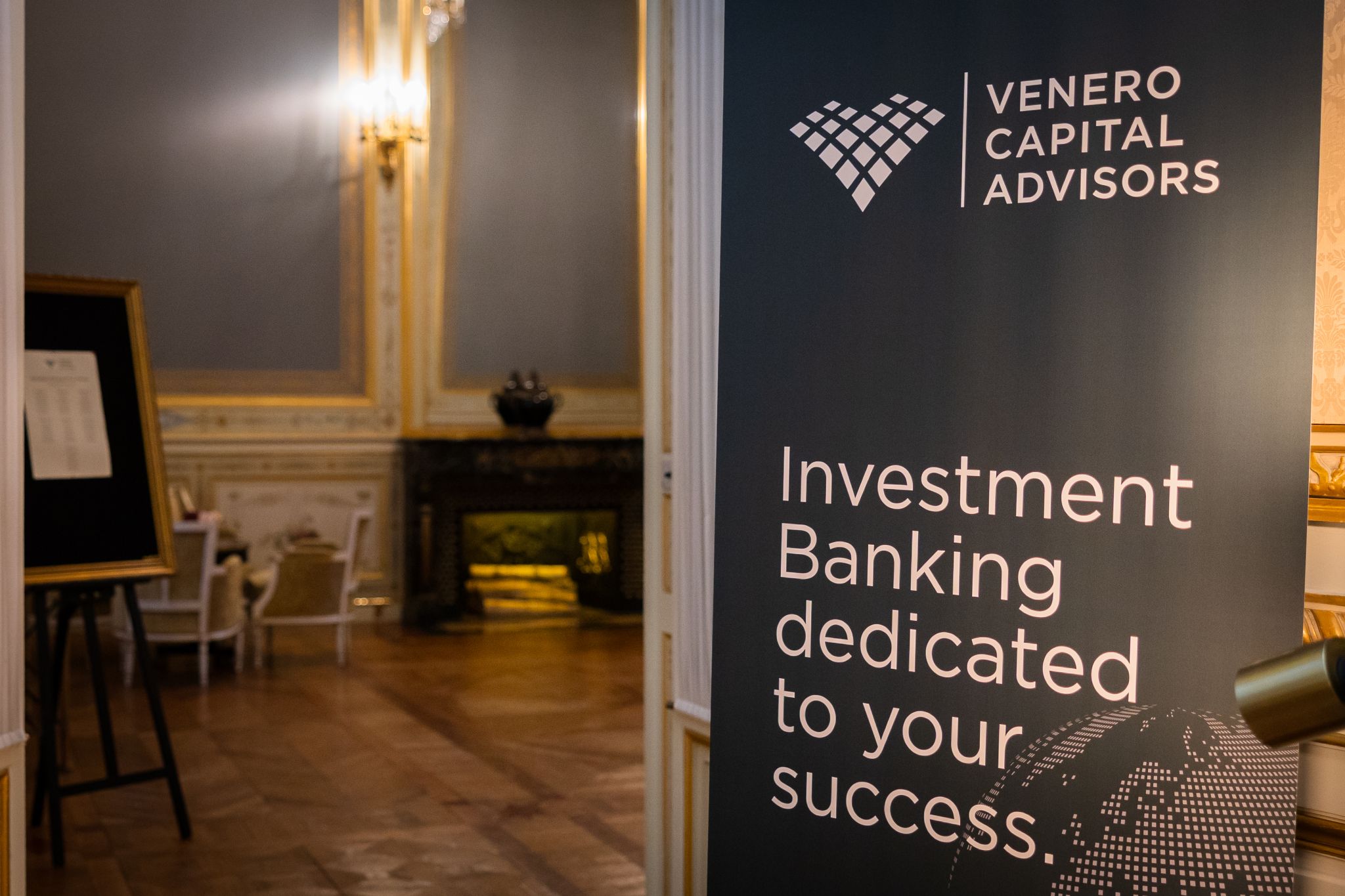
AI is reshaping venture capital, concentrating funding and attention on a narrow set of AI-native companies and leaving many strong non-AI SaaS businesses struggling to raise follow-on rounds. This is what is happening, why it matters, and how founders can adapt their financing and exit strategies in the current environment.
The new funding reality
Raising a VC round in the current market is significantly harder for non-AI companies than for those that position themselves as AI-native. Investor focus has rotated toward AI businesses showing extreme revenue acceleration, often expecting 5–10x year-on-year growth for Series A and B rounds.
For many SaaS and technology companies, that level of growth is simply not realistic without distorting pricing, sales behaviour or capital efficiency. As a result, strong but not hyper-growth businesses risk being overlooked, even when they have clear product-market fit and resilient recurring revenues.
Why venture capital behaves this way
The venture model is built on a small number of outsized winners that drive the majority of fund returns. When a new platform shift like AI appears, it naturally attracts the attention of investors who are searching for the next generation of category-defining companies.
Incentives inside the venture ecosystem reinforce this concentration of capital. Many investors look for validation from downstream funds that provide both risk mitigation and the mark-ups that underpin their own performance.
It is often easier to invest where consensus is strongest rather than take a contrarian position on a non-consensus thesis. Even investors who are sceptical of current pricing can feel compelled to participate when peers and later-stage funds are doing the same.
Power law in an AI cycle
Most market participants acknowledge that AI valuations are, in many cases, driven more by capital supply and narrative than by current fundamentals. However, the possibility of backing a company that becomes a foundational AI infrastructure or application layer business is extremely attractive.
This is the power law in an amplified form. A very small percentage of companies are expected to capture an outsized share of market value, and those winners may ultimately be larger than anything seen in prior software cycles.
Outside a small group of obvious later-stage names, nobody can confidently predict which early or mid-stage companies will build genuine long-term durability. Faced with that uncertainty, capital often flows into a broad set of AI stories, regardless of valuation, as managers try to ensure they are at least exposed to potential outliers.
The emerging funding gap for non-AI companies
This surge of interest in AI has an unintended consequence for non-AI businesses, particularly from Series B onwards. Many of these companies have real business models, solid underlying economics, and consistent growth, yet they do not capture attention relative to AI-native narratives.
At the same time, they are often still in investment mode, with negative or marginal profitability as they prioritise growth. That profile does not align with the traditional mandate of most private equity investors, who typically seek a clearer path to cash generation and de-leveraging.
The result is a genuine funding gap: companies that would have been obvious candidates for continued venture backing in prior cycles now find themselves too growth-oriented for PE, but not "AI enough" for current VC appetite. For founders, this can translate into extended fundraising timelines, more structure in term sheets, or the need to consider strategic alternatives earlier than planned.
Strategic options for founders of non-AI businesses
Founders of non-AI SaaS and technology businesses are not without options in this environment, but the playbook is changing. A more deliberate approach to capital planning, positioning, and strategic alternatives is becoming essential.
Key areas to focus on include:
- Sharpening the quality and efficiency of growth, with clear visibility on unit economics, payback periods, and cohort behaviour.
- Demonstrating credible pathways to profitability, even if the near-term plan remains growth oriented.
- Clarifying how AI fits into the product roadmap as an enabler of efficiency or customer value, without forcing an inauthentic "AI-washing" narrative.
- Stress-testing the business under different funding scenarios, including slower capital inflows or delayed rounds.
Founders can also evaluate a broader set of strategic options, including structured equity, strategic investors or M&A. An early or mid-stage sale can be a value-maximising outcome compared to raising a highly dilutive or heavily structured round in a difficult market.
How Venero can help
For founders caught between venture and private equity, the challenge is less about the intrinsic strength of the business and more about alignment with current investor appetite. The task becomes one of narrative, positioning, and matching the company's profile to the right pool of capital or buyers.
Advisors who live at the intersection of growth equity, strategic acquirers, and private equity can help management teams map the realistic set of paths available and quantify trade-offs between them. That includes assessing whether to pursue another growth round, explore a full or partial sale, or design a process that attracts both financial and strategic interest.
For non-AI SaaS and technology businesses, navigating this market requires more than operational strength. Success depends on clarity around positioning, a realistic assessment of available paths, and disciplined execution. Companies that understand their position in this shifting landscape and communicate it effectively will be better positioned to attract the right capital partner or acquirer.




.webp)